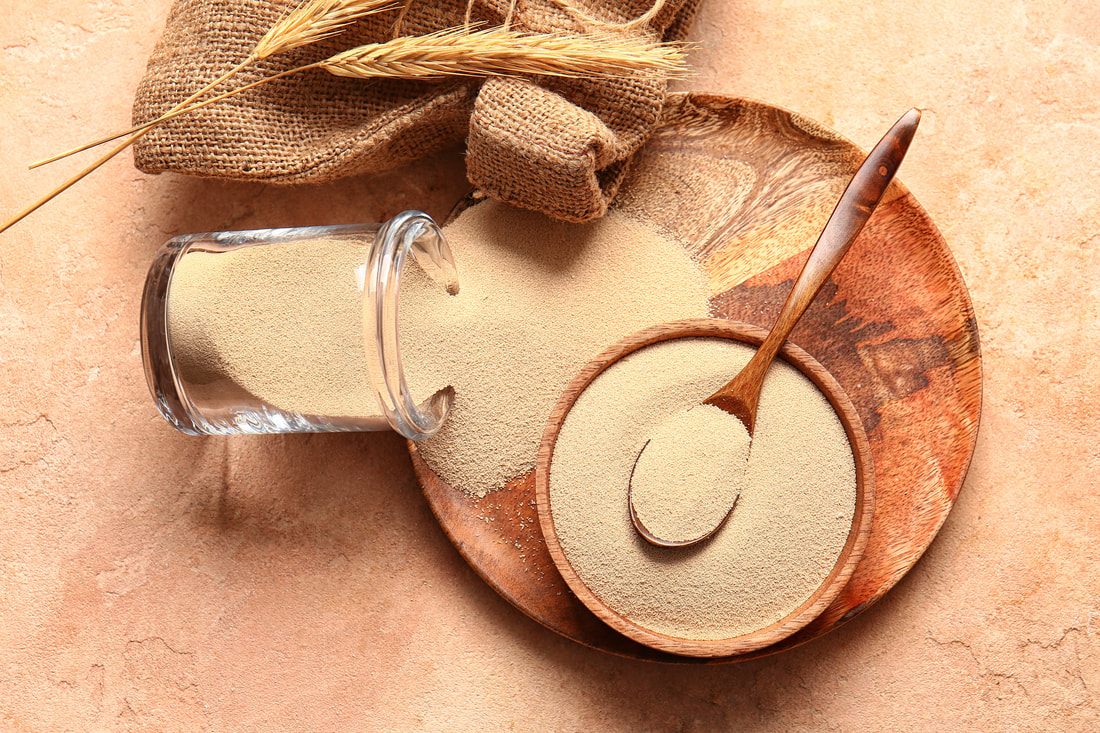By: Brent Nakano
A Guide to: Wine Microbes
During the alcoholic fermentation of wine, beyond the production of ethanol, the chemistry of grape must is changed and aroma compounds are generated. This occurs in a multitude of ways including changes in compound solubility due to additional ethanol and the yeast’s enzymatic and metabolic interaction with the grapes’ chemistry. To learn more about the alcoholic fermentation of wine, we consulted our favorite book on wine: Wine Science by Ronald Jackson. We highly recommend purchasing the book; it can be found here in both print and digital versions at: www.elsevier.com/books/wine-science/jackson/978-0-12-816118-0

